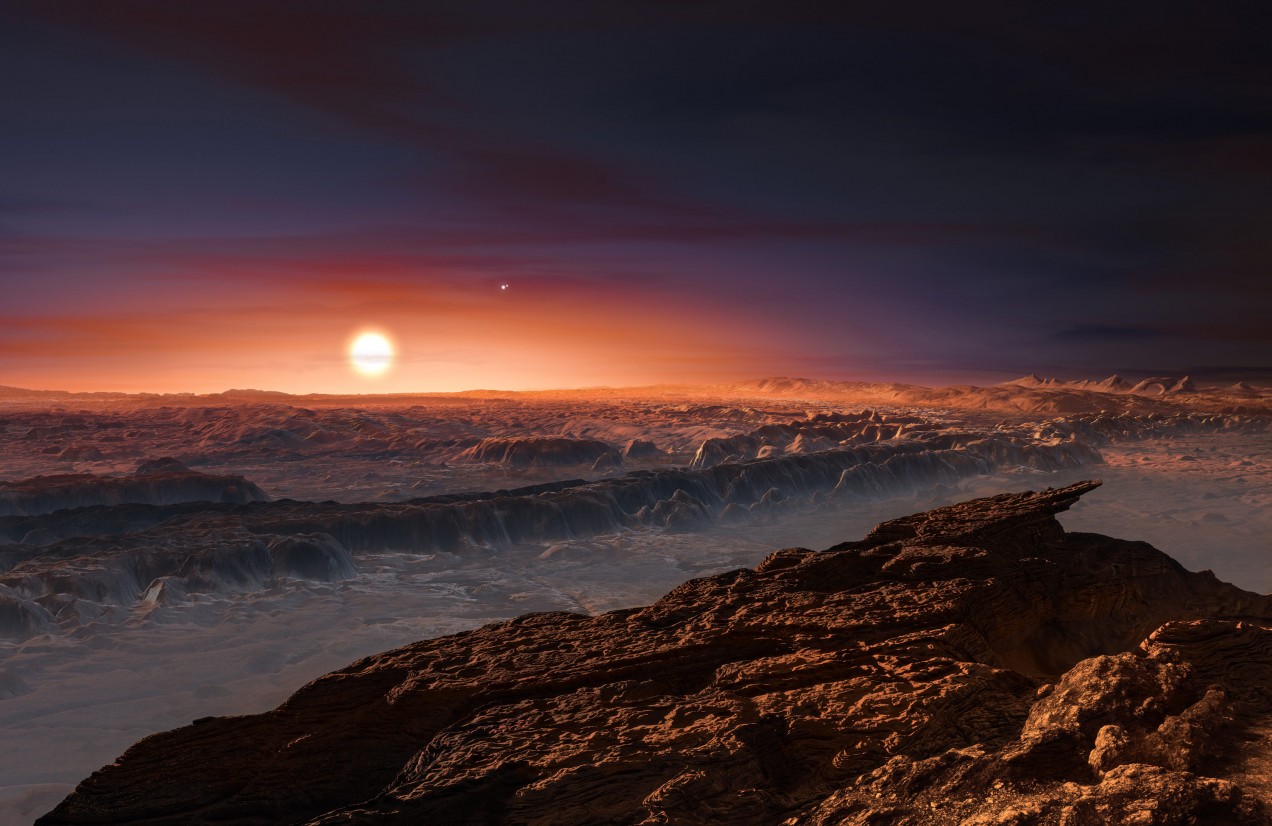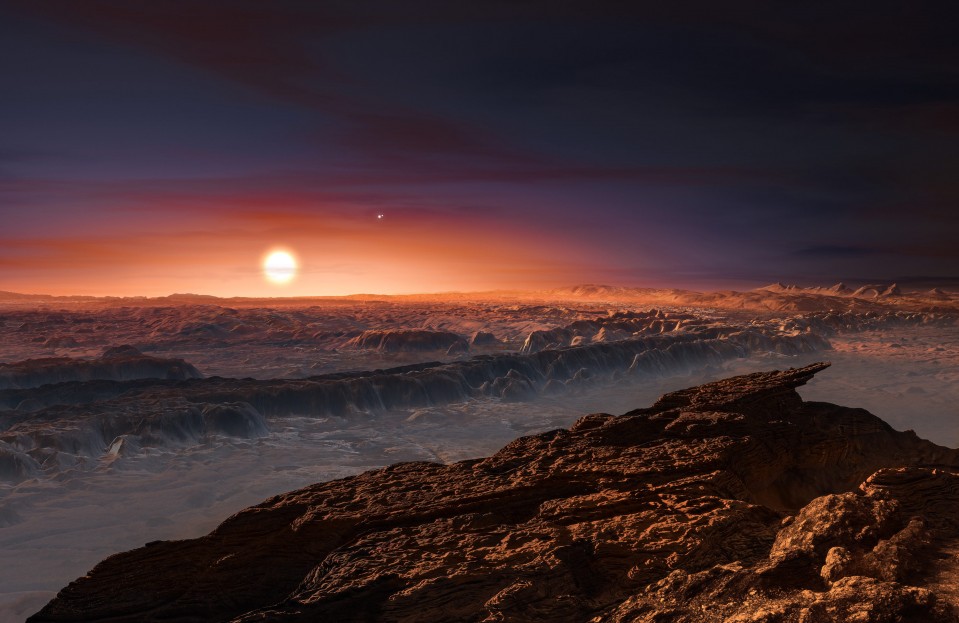

Intelligent Machines
Inside an Intergalactic Video Game, a Search for Real Alien Worlds
Showing that algorithms are often no match for human vision, players of EVE Online will sift through satellite imagery in a vast citizen science hunt for exoplanets.

This June the University of Geneva will launch the largest citizen science project yet conceived, enlisting hundreds of thousands of video gamers in the search for undiscovered exoplanets. The project will be launched in EVE Online, a video game set in a fictional galaxy that players tour in spaceships as they compete for resources and dominance of virtual territory.
The effort shows how the limits of algorithmic automation can be overcome through clever crowdsourcing, and it shows how the communities built around video games can be tapped to perform useful tasks.
In conjunction with Massively Multiplayer Online Science (MMOS), a company that pairs game makers with scientists, EVE players will be given access to 167,000 light curve images, collected by the European Space Agency satellite CoRoT, which launched in December 2006. “To date, scientists have found around 30 planets inside the data set,” said Michel Mayor, winner of the 2017 Wolf Prize for Physics and discoverer of the first exoplanet. “We estimate there are around a dozen undiscovered planets still hidden within the images.”
For centuries astronomers suspected that there may be other planets beyond the ones found in our own solar system. But it wasn’t until 1992 that humans had the means to detect and verify the existence of these so-called exoplanets, using high-power telescopes and spectrometer technology. More than 3,600 exoplanets have been discovered since then. Most have been found using a technique known as transit photometry, which detects minor changes in light whenever a planet passes in front of the star around which it orbits. By measuring the length and regularity of this dimming effect, it is possible to extrapolate a great deal of information about the planet, including its radius, mass, and density.
In recent years computer algorithms have been able to sift through much of the huge amount of data collected to date by various exoplanet-hunting satellites and telescopes, leading to, most recently, NASA’s discovery of three potentially life-sustaining planets in the relatively close Trappist-1 system. Algorithms, however, are only able to parse the most straightforward light data. More complicated imagery that features lots of noise, or irregular spikes in the light curves, can be read only by humans. The amount of brain power required to sift through the information presents a problem for exoplanet-hunting scientists.
The exoplanet project will be folded into EVE Online’s existing fiction and narrative (a virtual version of Mayor will “run” the project in-game). At the height of the game’s popularity, there were more than half a million players. C.C.P., the Reykjavik-based company that makes EVE Online, no longer reports player numbers.
When players happen upon something interesting, an alert will be sent to the game’s developers. The object will then be checked against a list of known planets. After five separate players have sent an alert for the same image, it will then be sent to the University of Geneva for further investigation.
It’s not the first time that EVE Online’s player base has contributed to scientific research. For the past year, players have been helping to map the Human Protein Atlas, a Swedish-run effort to catalogue proteins and the genes that encode them in both normal tissue and cancerous tumors. In that case, players were able to, at any point, take a break from their dogfighting, mining, and trading to play a simple game within the game, marking differences between hundreds of thousands of microscopic images. Players threw themselves into the work: the data set was fully marked within just three weeks.
The search for exoplanets won’t be completed so quickly. Once the data set from CoRoT has been completed, the game will be fed a new data set, from Kepler, NASA’s space observatory, which was responsible for finding the potentially life-sustaining planets in the Trappist-1 system. “It has endless potential to scale,” says Bergur Finnbogason, one of the game’s designers.
More broadly, the dream behind these experiments is, Mayor says, to find the existence of life in the universe. “We already have the technology to detect chloride and other molecules that facilitate vegetation. It will not be easy, but it is possible.”
Advertisement